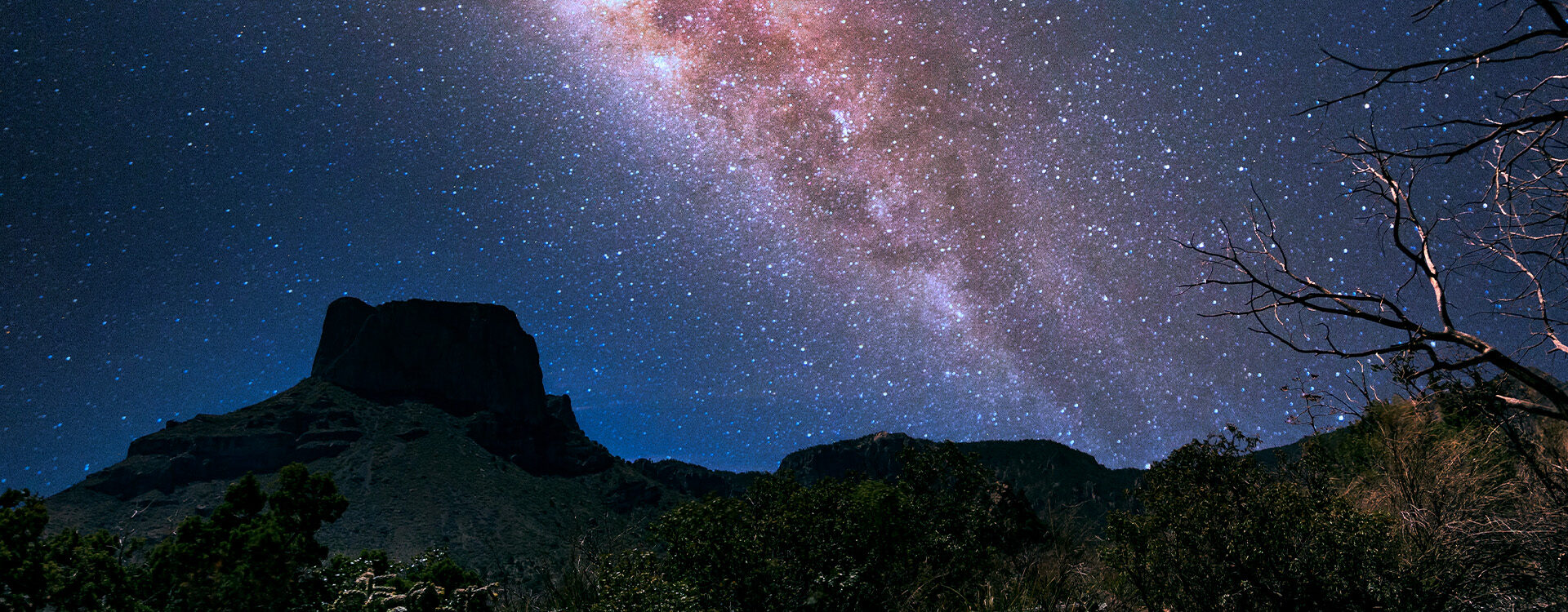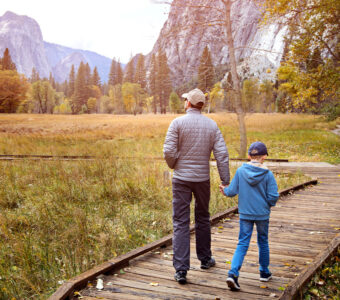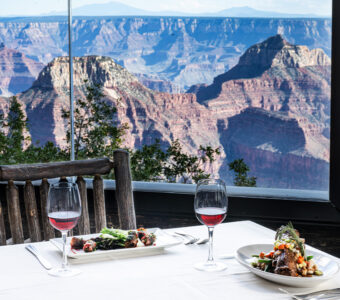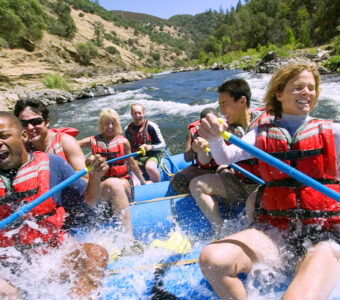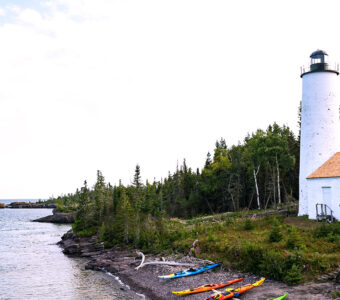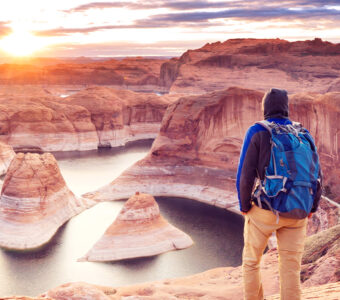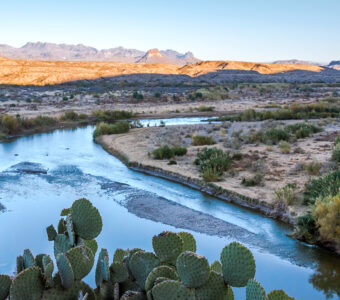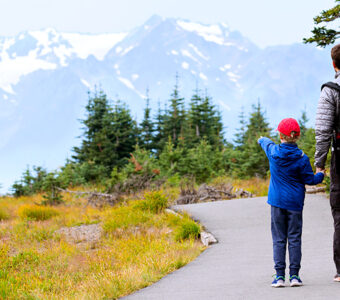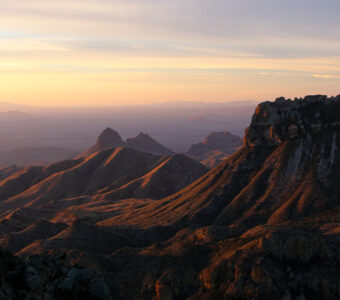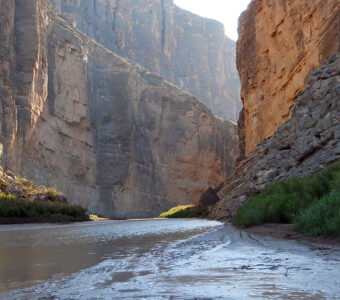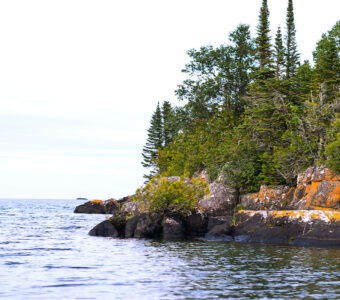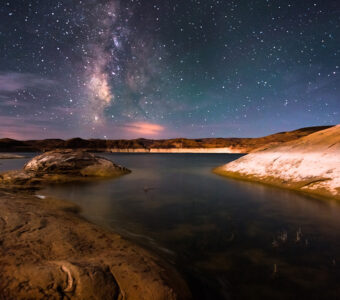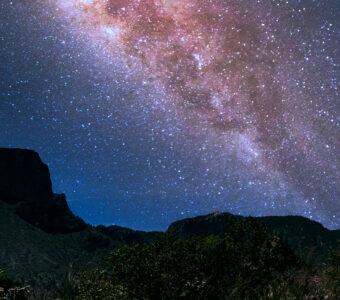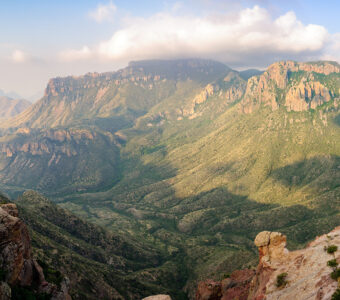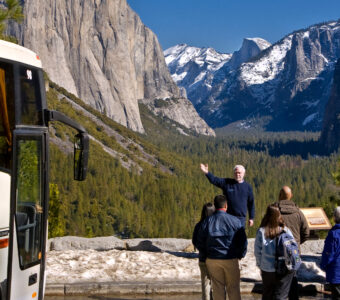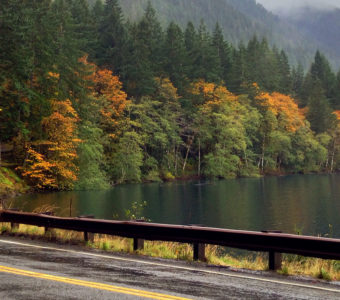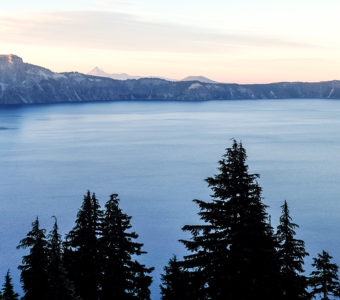Across the country, our night skies are getting less dark. Between porch lights, highway lights, and general city lighting, the night sky is disappearing from our view. The majority of people who live in cities can see fewer stars than in generations past. But, this isn’t true everywhere.
If you want to see the majesty of the night sky and all the stars it has to offer, consider a trip out of the city to some of our best national parks.
Protecting Our Skies: International Dark-Sky Association
The best place to see stars and all the beauty the night sky has to offer is a place with minimal light pollution, which is generally a rural area or a protected area. The International Dark-Sky Association is the leading organization combating light pollution by providing education about its effects on all living things. They encourage responsible lighting that is beautiful, healthy, and functional.
They also created the International Dark Sky Places program, which encourages the protection of darkness by providing information on responsible lighting policies. Light pollution is one of the most widespread types of pollution on Earth and has a negative influence on the health and behavior of wildlife and plants.
To experience a truly dark sky, you can visit an International Dark Sky Place. This might be a community near you or a nearby national park. And, if there isn’t a dark-sky community near where you live, you can begin the process to create one or encourage your neighbors to follow dark-sky best practices. Below are some of the best International Dark Sky National Parks where you can enjoy the beauty of all the stars, the Milky Way and even the Northern Lights in select parks.
Stargazing in the National Parks
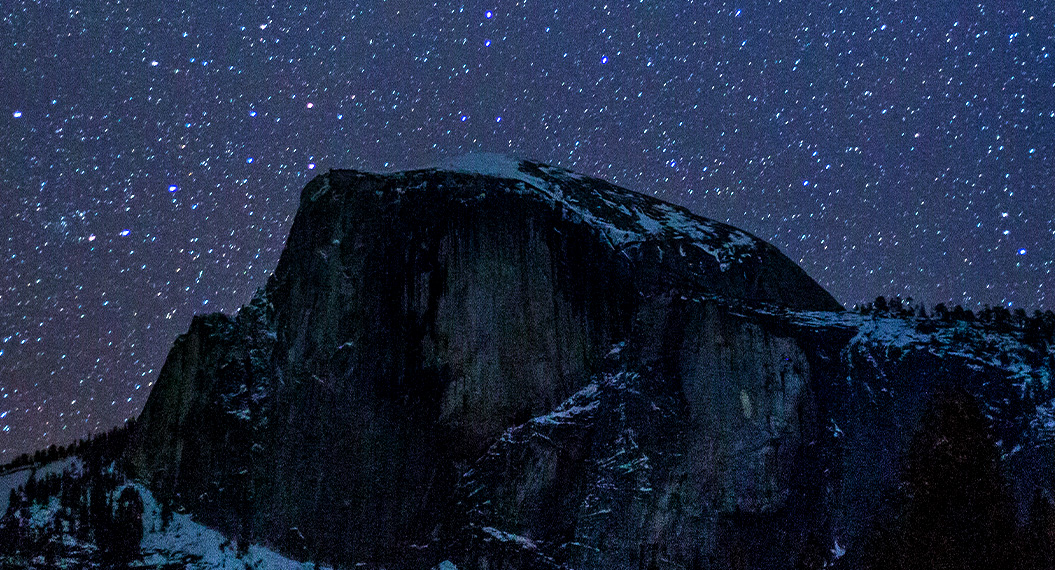
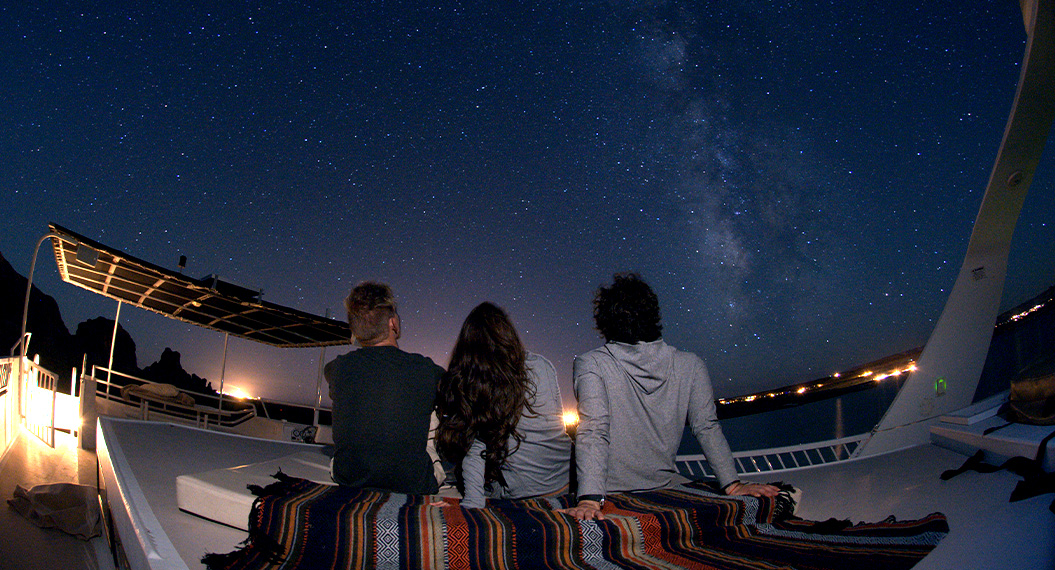
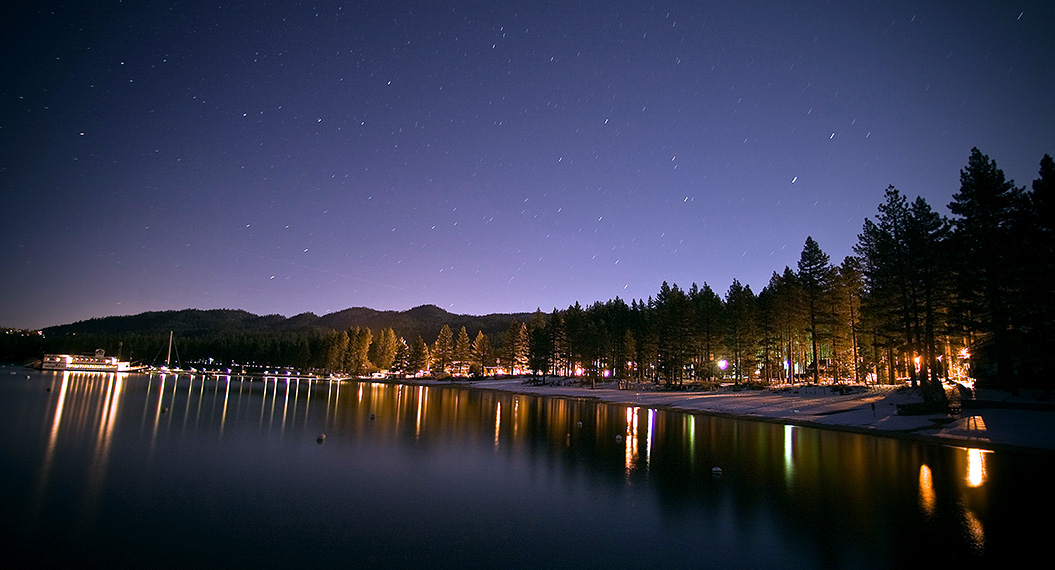
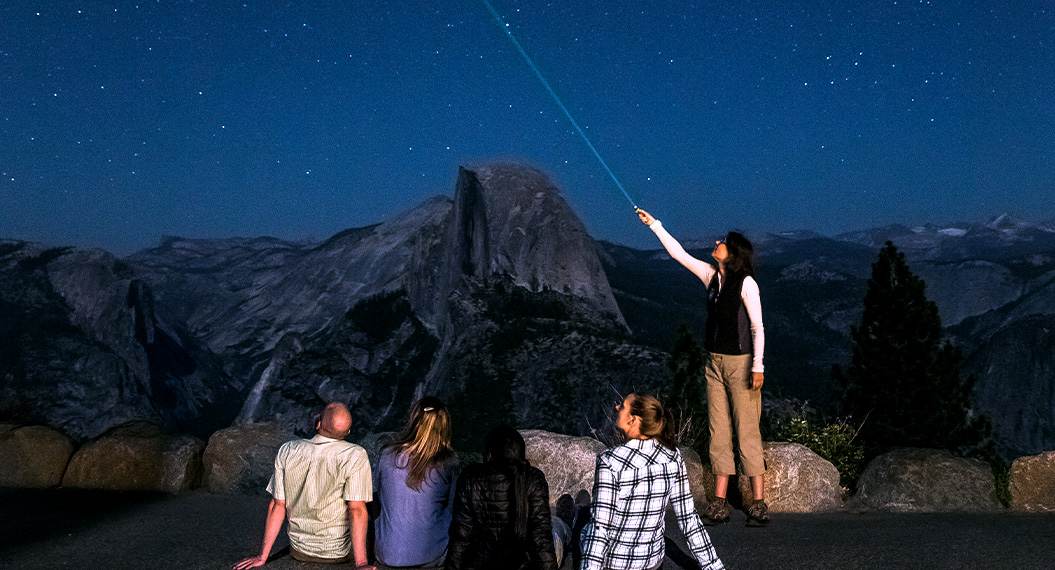
Some of the best stargazing in the world happens in national parks across the United States. These parks are some of our favorites:
Big Bend National Park
Located in southwest Texas along the border with Mexico is Big Bend National Park. Stargazing in Big Bend is some of the best in the country. With a combination of remote location, minimal cloud coverage, and registration as an International Dark Sky Park, you’re sure to get a spectacular nighttime show of stars, constellations, and the Milky Way.
Grand Canyon National Park
Another International Dark Sky Park is the Grand Canyon National Park. While many people add this park to their bucket list in order to take in the river gorge and the mighty power of water to create this land formation, there’s still something to see when the sun goes down.
With over a million acres of isolated wilderness, as long as the skies are clear, you’ll be able to see more stars than you can see from any city around the world.
Lake Powell
Stretching from Arizona to Utah you’ll find the Glen Canyon National Recreation Area, which is home to Lake Powell. With over 1.25 million acres of land, the area is unparalleled for its water-based and backcountry recreation. Spend time cruising Lake Powell during the day or live on the water by renting a houseboat. At night, head up to the roof of your houseboat and wrap up with blankets as you gaze up to the plethora of stars above.
Olympic National Park
Located in Washington State, Olympic National Park is known for offering diversity. Whether you’re looking for rugged coastline, glacier-capped mountains, or old-growth temperate rainforests, you’ll find it in this park.
The vast protected wilderness also means that this park is home to some wonderful stargazing. For the best atmosphere, you can start your evening of stargazing by warming up in the Sol Duc Hot Springs. After your soak, head outside to marvel at the night sky.
Yosemite National Park
If there’s one park on everyone’s bucket list, it’s Yosemite National Park. For most visitors, they go to see the ancient sequoias, the plunging waterfalls, and the giant rock formations. But that’s not all this amazing park has to offer.
You can join a guided stargazing program where you can learn about the heavens, moon, Milky Way galaxy, meteors, constellations, comets, and folklore about the stars. The program allows you to see Yosemite at night, which many visitors don’t get to do.
If you’re interested in looking up at night and learning more about the cosmos that surround this planet that we live on, you need to find a place with minimal light pollution and clear, cloudless nights. For many people who live in cities, this is almost impossible. These national parks on our list of favorites have special activities or are listed as International Dark Sky Places, meaning they have some of the best stargazing in the world.
